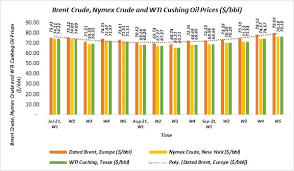Weavers, garment manufacturers, and textile mills in Tamil Nadu are facing problems for the last 15 months to manage the increasing cost of raw materials.
The weavers and garment manufacturers are hit by high prices of yarn and the textile mills say the reason for the yarn rates going up is the high cotton price.
The garment units in Tiruppur downed shutters for two days – January 17 and 18 – demanding measures to control cotton and yarn prices. The Chief Minister also wrote to the Union government asking for the removal of the 10% import duty on cotton, ban on cotton exports, and calibration of cotton yarn exports.
Welcoming this, Raja M. Shanmugham, president of Tiruppur Exporters’ Association, told The Hindu on Thursday that of the 2,000 exporters in the Tiruppur cluster, less than 10% have textile mills. The rest buy yarn from different parts of the country.
“Our buyers abroad are not ready for frequent price increases. The garment units usually have just three months’ stock of yarn, which is to meet the needs of the orders on hand. In the last 15 months, there has been a steep hike in cotton and yarn prices,” he said.
Ravi Sam, chairman of Southern India Mills’ Association, said the problem of price increase starts with the basic raw material – cotton. “We are not for the ban, suspension, or any action on any textile product. We just want the government to monitor cotton trading on the commodity exchanges and measures to ensure that prices are under control. Right now, large-scale traders, who are handling relatively less quantity of cotton, are increasing the prices. This reflects on the overall price of cotton. Indian cotton is ruling at a higher price compared to international prices,” he said.
There is an acute shortage of quality cotton and its prices are higher, too. With cotton production during the current season (October 2021 to September 2022) expected to be just about 350 lakh bales, and the domestic industry requirement estimated to be 340 lakh bales, there may be a crisis between July and October as the quality of cotton available now is poor.
The association reiterated its demand for immediate withdrawal of the import duty on cotton.

